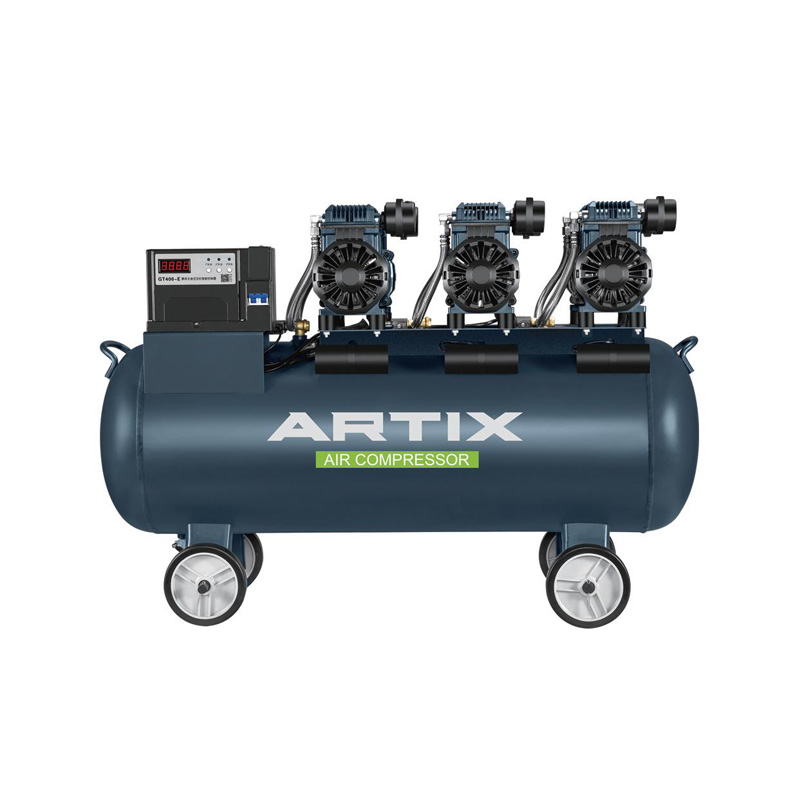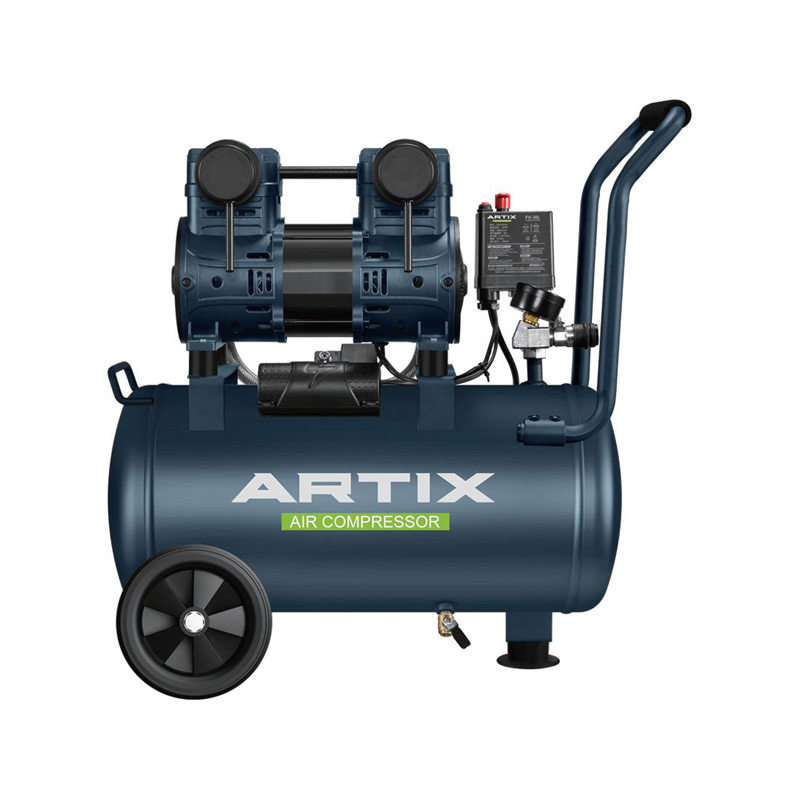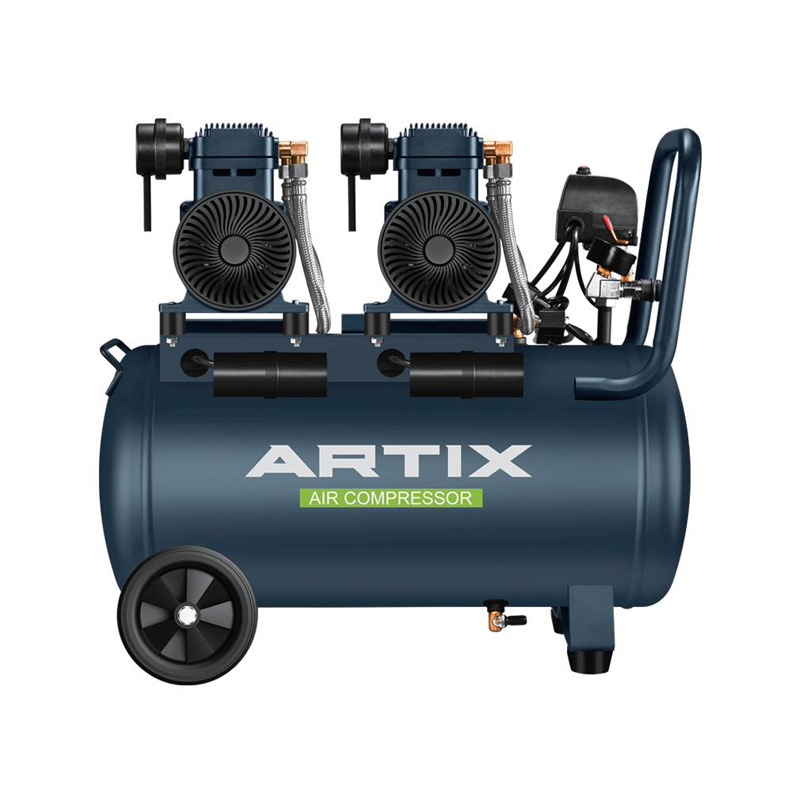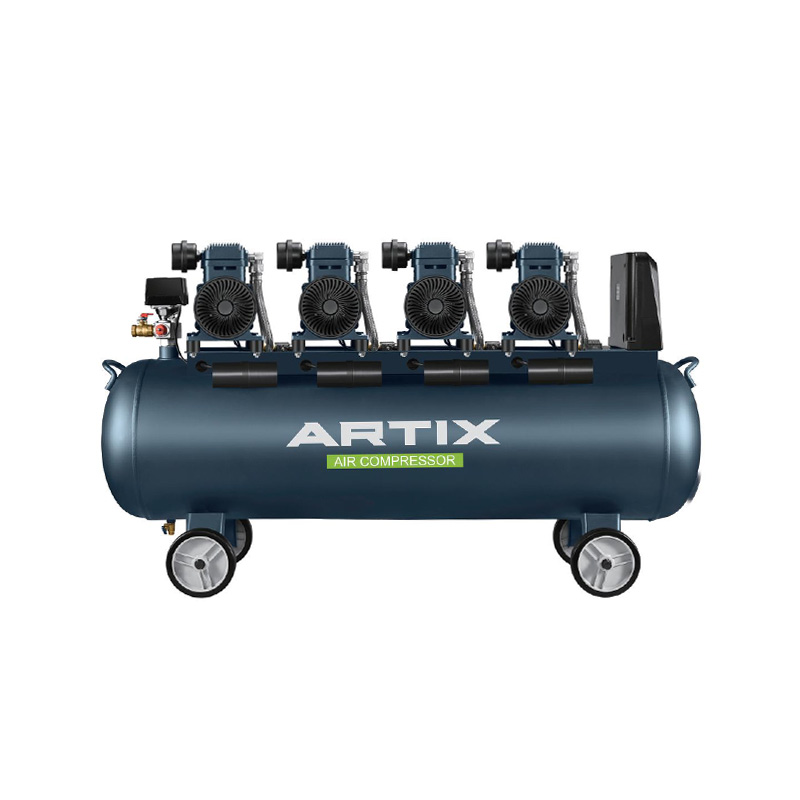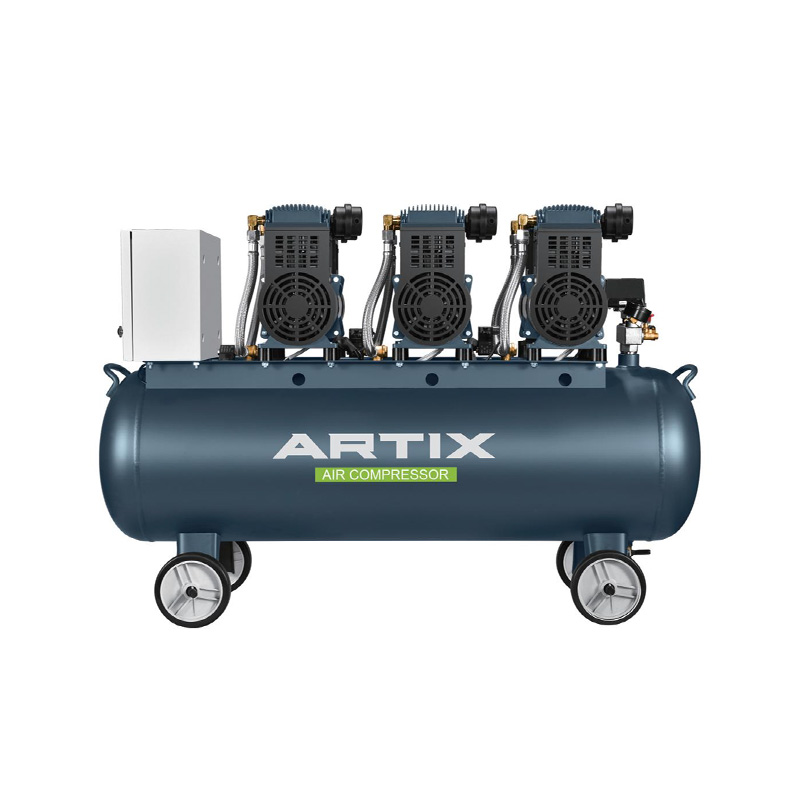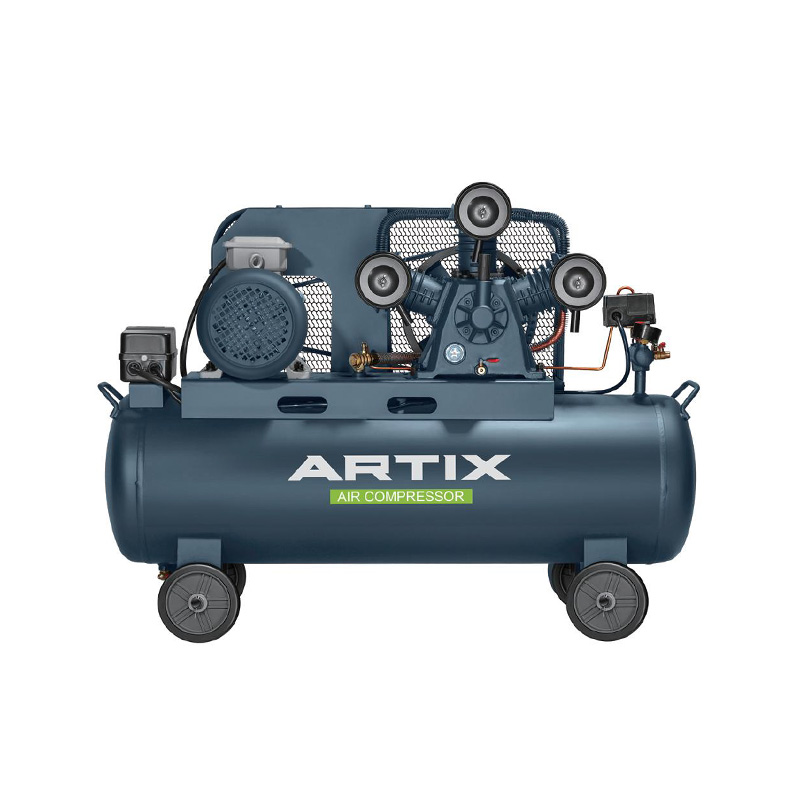When it comes to selecting an Air Compressor for applications that demand clean, oil-free air, understanding the differences and specifications of an Oil Free Air Compressor—or Oilless Air Compressor—is essential. These compressors provide air without any oil contamination, making them suitable for industries where air purity impacts product quality and safety.
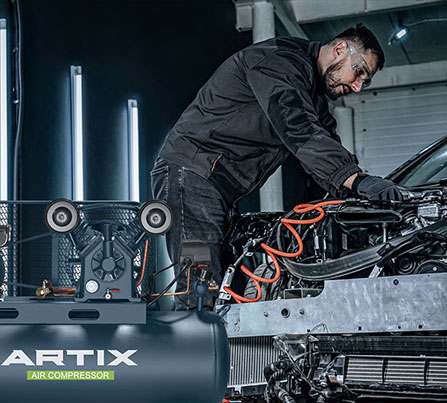
Understanding the Basics of Oil Free Air Compressors
Before diving into selection criteria, it’s important to know what sets Oil Free Air Compressors apart from traditional lubricated models. These compressors operate without oil in the compression chamber, ensuring that compressed air remains uncontaminated by oil vapors or particles. This feature makes them ideal for industries such as food and beverage, pharmaceuticals, electronics, and healthcare.
Now that you’re familiar with the benefits, let’s look at the essential aspects to consider when choosing one.
1. Air Quality Requirements
The one and critical factor is understanding the quality of compressed air your application demands. Some processes require absolutely oil-free air, while others may tolerate trace amounts. Review the industry standards applicable to your field—such as ISO 8573-1 air purity classes—to determine the purity level needed. An Oilless Air Compressor typically meets the higher standards of air cleanliness, which is vital for sensitive environments.
2. Compressor Capacity and Pressure
Next, consider the required air flow rate (measured in cubic feet per minute or liters per second) and operating pressure (PSI or bar). The compressor should be sized to handle your peak demands without excessive energy consumption. Oversized units may cause unnecessary costs, while undersized compressors can cause operational delays.
3. Power Source and Efficiency
Check whether the compressor is driven by an electric motor, direct drive system, or other means. Direct driven Oil Free Air Compressors often offer better energy efficiency and reduced maintenance due to fewer moving parts. Choosing a compressor with high energy efficiency ratings can lower your long-term operating costs.
4. Noise Levels
In some workplaces, noise pollution is a concern. If the compressor will operate near staff or in enclosed spaces, it’s worth investigating its noise emissions. Many Oilless Air Compressors are designed with noise reduction features that improve the working environment.
5. Maintenance and Serviceability
Maintenance frequency and ease of servicing directly impact the total cost of ownership. Since Oil Free Air Compressors do not require oil changes, maintenance can be simpler than lubricated types. Still, consider access to service centers, availability of spare parts, and warranty coverage when selecting a supplier.
6. Reliability and Durability
Look for models constructed with durable materials and supported by rigorous quality control. Reliable compressors reduce downtime and protect your production processes.
Summary Checklist for Buyers
Confirm air purity requirements per industry standards
Determine correct capacity and pressure needs
Evaluate power options and energy efficiency
Assess noise levels suitable for your environment
Understand maintenance demands and service availability
Choose a reliable and quality-backed product
Choosing the right Oilless Air Compressor involves balancing technical requirements, operational costs, and service support. Partnering with a manufacturer experienced in oil-free technology can help tailor a solution to your specific needs.
If you want to learn more about how ARTIX Oil Free Air Compressors can match your requirements, please contact us for detailed consultation and product options.
